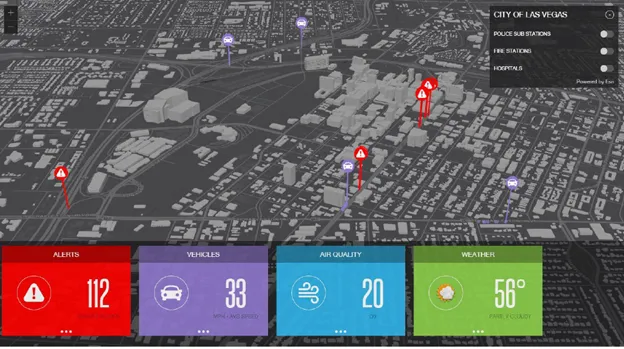inthinc Technology Solutions, US-based telematics, fleet management and driver safety solutions provider has incorporated its road hazard awareness (RHA) into its waySmart fleet management solution, enabling managers and drivers to collectively communicate and warn each other of impending dangers on the roadways in real-time. Capable of integration into any corporate journey management system, inthinc RHA functions as an add-on feature of waySmart, a comprehensive telematics-based mobile resource management
May 9, 2013
Read time: 2 mins
Capable of integration into any corporate journey management system, inthinc RHA functions as an add-on feature of waySmart, a comprehensive telematics-based mobile resource management and fleet safety solution. Equipped with GPS, built-in accelerometers and OBD integration, the in-vehicle waySmart device verbally coaches drivers when exhibiting aggressive and unsafe driving behaviour or not wearing a seat belt. inthinc RHA will provide verbal alerts to drivers when approaching a road hazard such as construction, accidents, severe weather or road restrictions.
Potential road hazards submitted by drivers are recorded in the inthinc.com web-based management portal, allowing managers to track and monitor fleet and driver performance. Acting as the central hub for daily fleet operation, the portal provides information for fleet managers to communicate route adjustments and make changes to planned routes in the portal’s interactive maps.
Drivers may also communicate and alert managers and other drivers of delay times, alternative routes and status updates by using the waySmart on-board touch screen.
“The development of inthinc RHA is a great step for inthinc as we continue to progress and provide the very best in driver safety and fleet management solutions,” said Corey Catten, inthinc chief technology officer. “Drivers are even more aware of their surroundings and managers now have the tools to avoid delays in operations, saving companies millions of dollars through increased productivity.”









